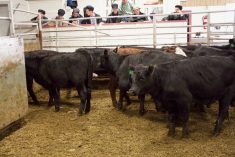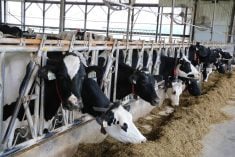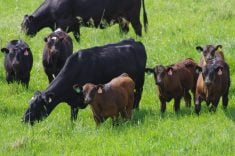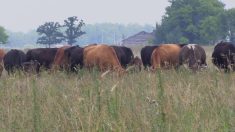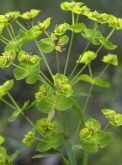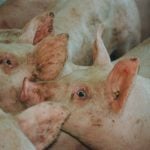Cyanobacteria, also known as blue-green algae, can produce toxins that are harmful to livestock, wildlife and people.
Growth of this bacteria is facilitated by high temperatures. Hot, dry conditions in summer are perfect for its production.
Cyanobacteria is caused by an excess of nutrients, particularly nitrogen and phosphorus. When manure and commercial fertilizers are misused, either by inappropriate rate or timing of application, the potential for nutrient leaching to surface water is increased. When these nutrients enter surface water, they stimulate growth of cyanobacteria and other micro-organisms.
Read Also
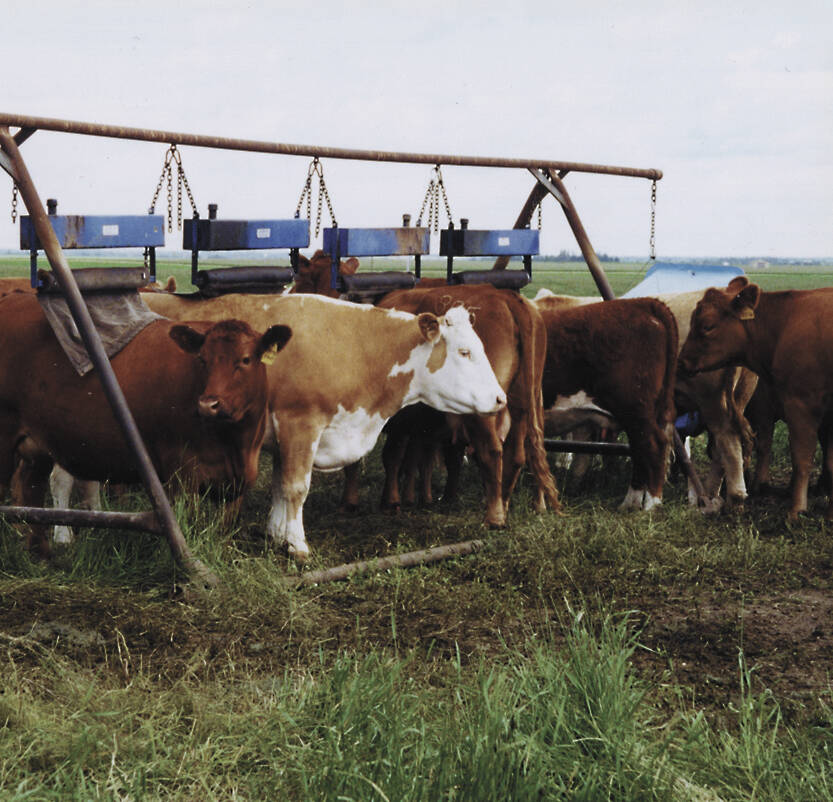
Shifting standards on cattle parasite control
Parasite product resistance has more farmers and veterinarians thinking differently about how to control issues like lice or worms.
There may be increased potential for cyanobacteria blooms in some areas this year. Above average rainfall has increased runoff and may have transported nutrients to waterbodies, increasing nutrient loads and the potential for blooms.
Blue-green algae often occurs in stagnant ponds or dugouts with elevated nutrient levels, forming large colonies that appear as scum on or just below the water surface. Live cyanobacterial blooms can be green, but also red or yellow, and often turn blue after the bloom dies and dries on the surface or shoreline.
Some species can be toxic when livestock and wildlife ingest them. Toxicity is dependent on the species consuming the water, concentration of the toxin or toxins, and the amount of water ingested.
Cyanobacteria can produce neuro and liver toxins. Signs of neurotoxin poisoning can appear from within five minutes to up to several hours after ingestion. In animals, symptoms include weakness, staggering, muscle tremors, difficulty in breathing, convulsions and, ultimately, death.
Animals affected by liver toxins may exhibit weakness, pale-colored mucous membranes, mental derangement, bloody diarrhea and, ultimately, death. Typically, livestock are found dead before producers observe symptoms.
If cyanobacterial poisoning is suspected as the cause of death, producers should check the edges of ponds for dead wildlife and a veterinarian should conduct a necropsy.
Here are some ways farmers/ranchers can prevent cyanobacterial poisoning of livestock:Reduce nutrient levels entering the water source by implementing a nutrient management plan or establishing buffer strips with perennial plant species.
Create a designated drinking area where the risk is minimal.
Fence off the pond and pump water from the pond to the water tank.
Use water from other sources following periods of hot, dry weather.
Pump water to a water tank from the centre of the water body, well below the surface, where the bacteria are unlikely to concentrate.



